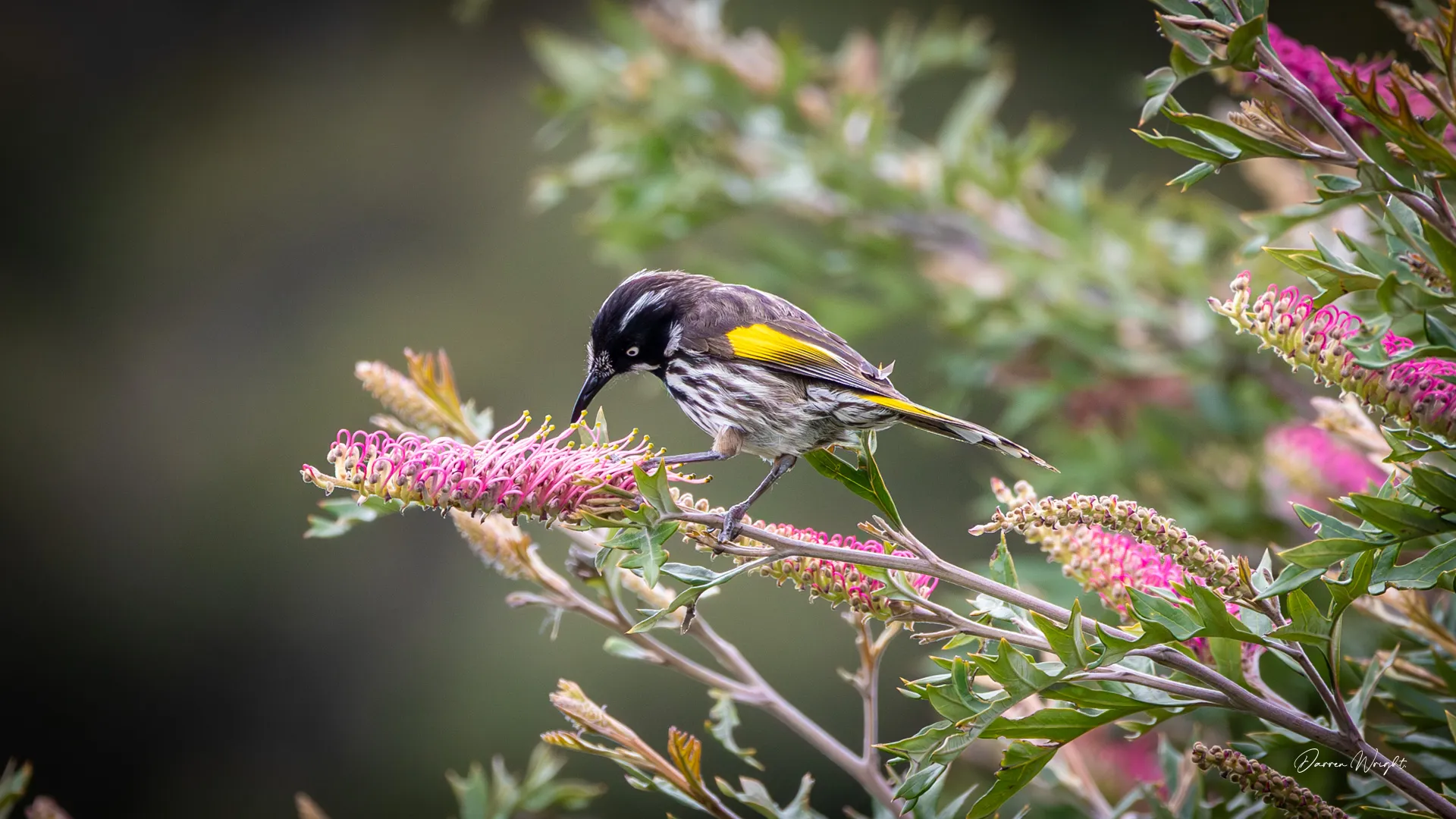
Towards the end of October, 2024, I was lucky enough to head over to Bruny Island for work. I caught an early ferry, knowing I’d have a few hours to explore and photograph some places I hadn’t visited before. Inala Jurassic Garden was high on my list, along with Cloudy Bay and the Mavista Walk.
I reached Inala around midday, usually a tricky time for photography with the light so high. But on this occasion the sky was softened by cloud, which worked in my favour. Overcast days here bring out the richness in the foliage and let you capture details without the glare of strong shadows.
This isn’t your typical botanic garden. Inala is designed as a living museum of Gondwana, tracing the story of the ancient supercontinent that began breaking apart around 180 million years ago. Along its gently winding, wheelchair-friendly paths you’ll find more than 750 plant species with origins dating back to that time. Many have close relatives scattered today across Australia, New Zealand, South Africa, South America, and New Caledonia.
Each plant is clearly labelled, giving you its family, common name, and place of origin. Interpretive signs dotted through the garden add more context, helping you understand how these plants connect to Tasmania’s deep natural history.
For visitors to South Bruny Island, Inala is a gentle contrast to the dramatic coastlines the island is known for. It’s a quieter, more contemplative stop, but no less powerful. And it’s one of the more accessible Bruny experiences, perfect if you’re travelling with family or companions who can’t manage the island’s steeper walks.
View my other Photo Galleries: